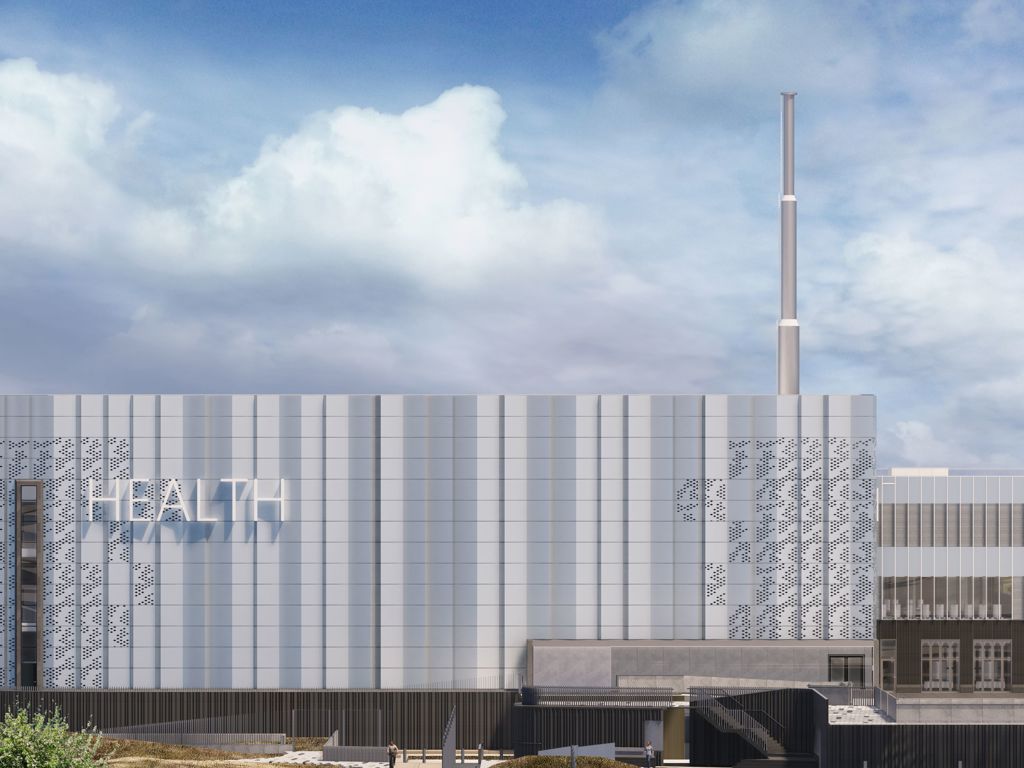The new PALLAS-reactor: questions and answers
The new PALLAS-reactor is generating a lot of interest and curiosity. People are eager to know why this reactor is being built, how it works, and what the implications are for safety and the environment. There is also a lot of interest in the production of medical isotopes. In this section, we answer some of these frequently asked questions. In a clear and accessible way, we explain what the PALLAS-reactor is, why it is so important, and which well-considered choices have been made in its design and construction.
Would you like to submit a question for this section yourself? You can do so by sending your question to communications@pallasreactor.com.
How much water will be used to cool down the reactor?
For the new PALLAS-reactor, no additional water is drawn from the North Holland Canal compared to the current High Flux Reactor. The amount of cooling water needed naturally varies with the seasons: in summer there is a slightly bigger need than in the winter. On average, water usage ranges between 1,800 and 3,000 cubic meters per hour, and the water is used in an efficient and responsible manner.
What is done with the residual heat from the High Flux Reactor (HFR)?
The residual heat from the HFR is not reused. In theory, it could be used to warm water by a few degrees, but the energy yield is low, making it too costly for efficient application. The cooling water is at a maximum of 40°C when discharged.
Just like with the HFR, the residual heat from the PALLAS-reactor is not reused. The cooling system of PALLAS is specifically designed to prevent large temperature differences anywhere in the system. As a result, the heat is too low-grade to be economically recovered, making heat reuse not feasible.
Why was a new reactor design chosen instead of an exact replica of the High Flux Reactor (HFR)?
A new design was chosen because the PALLAS-reactor needs to meet different requirements than the HFR. The standards applied to the HFR in the 1950s are not the same as those that apply to PALLAS today. For example, PALLAS is specifically designed for the production of isotopes and for research, whereas the HFR is much more equipped as a research reactor.
Why is the reactor placed in an excavation pit instead of above ground (like the HFR)?
The PALLAS-reactor is, just like the HFR, partially being built underground. The reason for this is to minimize the height of the reactor above ground level. In the design of the reactor, the wish of local residents to integrate the reactor as much as possible into the dune landscape were taken into account. Additionally, it has an important safety advantage. By building the reactor partially underground, it is better protected against external factors.
How can the PALLAS-reactor produce the same number of isotopes with less power?
The PALLAS-reactor is specially designed to produce medical isotopes. The design also considered the most efficient possible use of neutrons, the particles needed to produce medical isotopes. This means achieving high neutron output with low fuel consumption. As a result, this can be accomplished with lower power than the current High Flux Reactor.
Why do you need a reactor for radioisotopes?
By irradiating a non-radioactive material in the reactor for a certain period of time, like for example a week, the material becomes radioactive. This is called a radioisotope. Radioisotopes are used as the radioactive component that pharmaceutical companies or hospitals use to produce nuclear medicines. Some radioisotopes can be produced in cyclotrons, while others can only be made in reactors. Reactors produce large quantities of isotopes with high purity, whereas cyclotrons produce smaller, local amounts that must be used quickly due to their short half-life.

